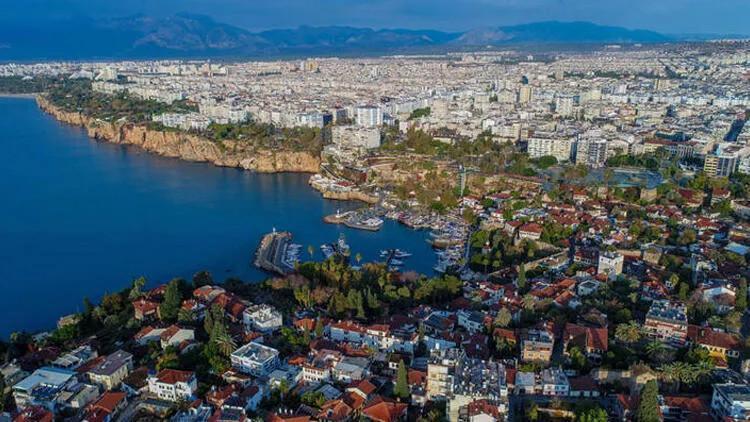
The recent occurrence of two deadly Kahramanmaraş-centered quakes on Feb. 6 has prompted a shift in housing preferences in Antalya, with the once sought-after properties with picturesque sea views giving way to a new demand for earthquake-resistant buildings.
The current trend in Antalya leans toward structures with rock floors, horizontal architecture and buildings that are either newly constructed or a few years old rather than high-rise luxury residences overlooking the sea.
Antalya, a famous tourism city known for its rising rental prices and attracting significant interest from foreigners, is now facing challenges in meeting the increased demand.
The top priority for potential buyers is the adherence of buildings to the earthquake code and reinforced concrete design guideline put into effect in 1998 and 2000, respectively. As a result, structures with scenic views, which were constructed prior to the enactment of these regulations, have now taken a backseat in the housing market.
Cenk Altun, a real estate agent in Antalya, revealed that customers had never previously inquired about earthquake regulations until now.
“Currently, there is no interest in buildings that do not comply with the regulations. We have a well-located apartment built in 1993, but we cannot sell it at the desired price. We have gradually reduced the price each month, starting from 4.9 million Turkish Liras, which has now dropped to 4.3 million liras. Still, there are no takers,” he commented.
Another real estate agent in the city, Halit Mert, highlighted that towering high-rise buildings are no longer in favor. Mert pointed out that newly built structures with fewer floors are now gaining attention. “People are now paying more attention to the earthquake resistance of buildings. Particularly, young citizens prefer detached houses,” he explained.
Mert further noted that some individuals, especially those from earthquake-prone regions, are more inclined to consider leasing land. He mentioned a family from the quake-hit province of Gaziantep that offered to rent land and install a container for accommodation, elaborating that they expressed their intention to set up six containers in a location with access to electricity and water.
The earthquake is one of the strongest ever recorded in the Levant. It was felt as far as Egypt and the Black Sea coast of Türkiye. There were more than 10,000 aftershocks in the three weeks that followed. The seismic sequence was the result of shallow strike-slip faulting.
An estimated 14 million people, or 16 percent of the country’s population, were affected, while the confirmed death toll stood at around 50,700 in Türkiye and 8,400 in Syria.